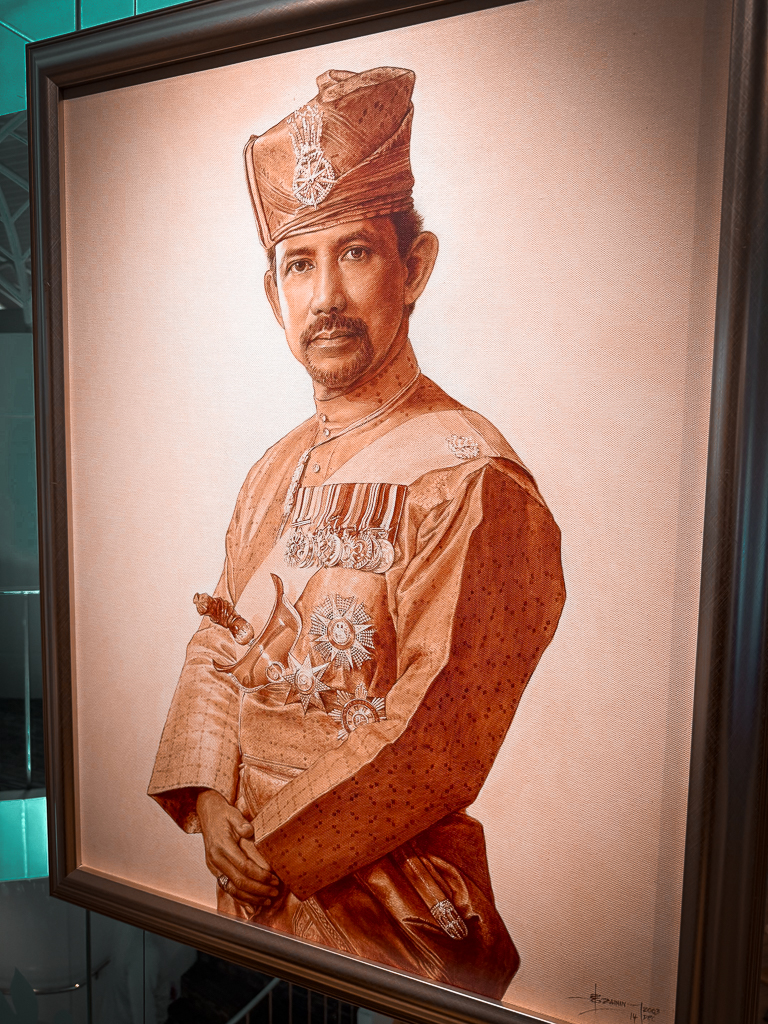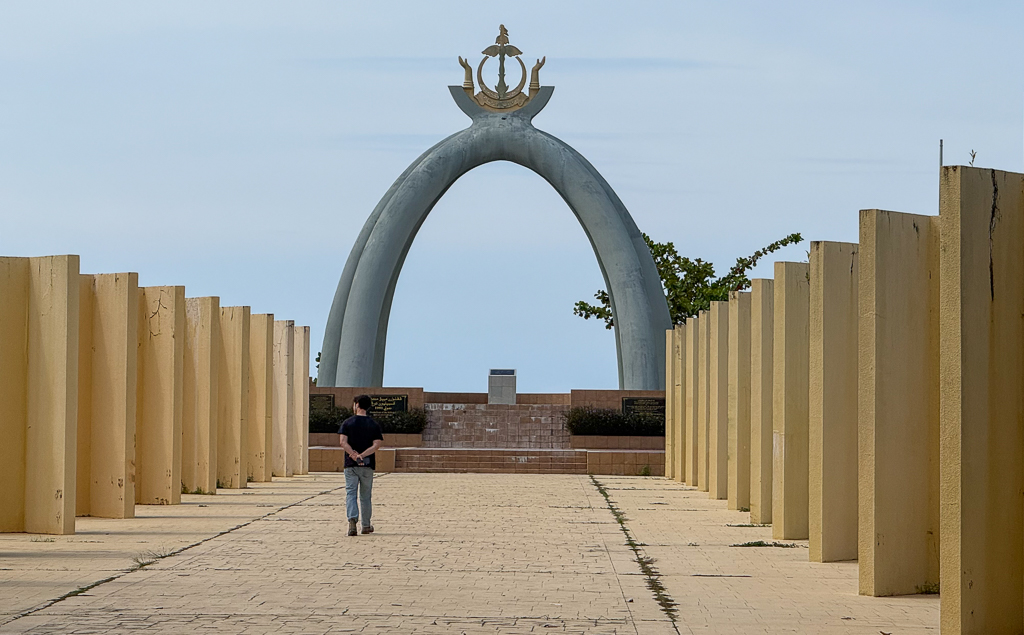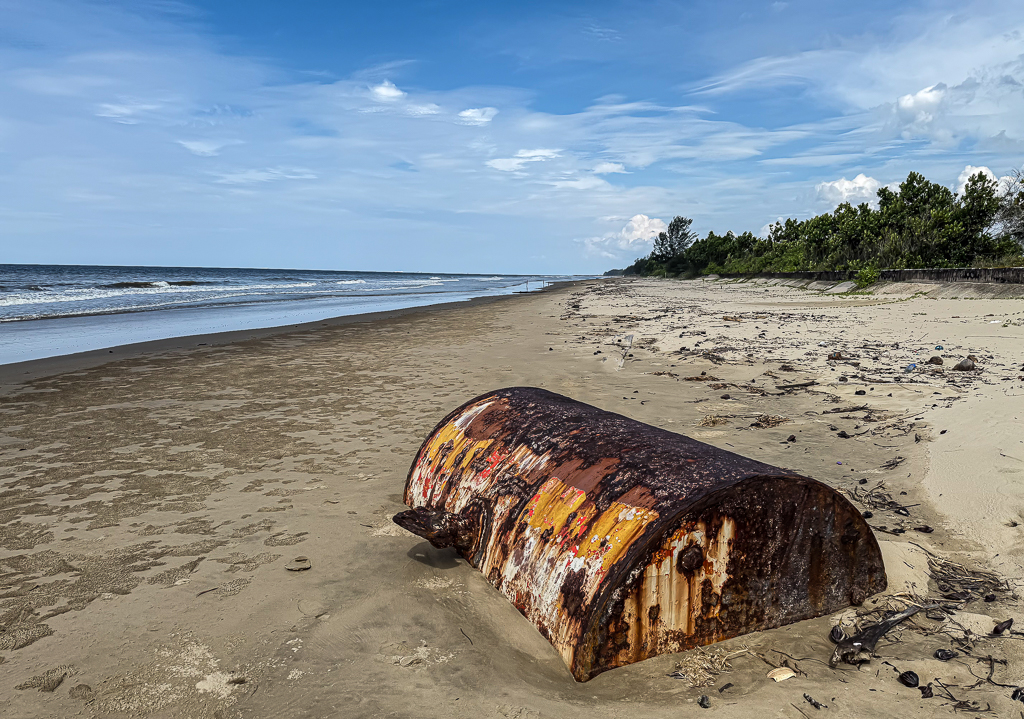May 2016: A Short Stop in Brunei
A Two-Week Adventure Across Southeast Asia and the Pacific
In May 2016, I set off on a two-week journey through Southeast Asia and the Pacific. The trip included tracking cobras in Bali, staying with the Korowai Tribe deep in the forests of Papua, and crossing a remote border into Papua New Guinea.
While planning my route from Los Angeles to Bali, I realized it would be a missed opportunity not to include Brunei—even if only briefly—since I was already in the region. So I deliberately arranged a short stopover to see what this tiny, oil-rich kingdom on Borneo had to offer.
A Brief Stay in Bandar Seri Begawan
My time in Brunei lasted just one night and almost a full day. It wasn’t long, but it was enough to experience the one thing that intrigued me most: the proboscis monkey.
The country itself felt calm and orderly—a striking contrast to the chaotic streets of Jakarta or Manila. Mosques shimmered under the tropical sun, and the city’s waterways wound through mangroves alive with the calls of unseen birds.
The Quest for the Proboscis Monkey
The proboscis monkey is one of the world’s most unusual primates—instantly recognizable by its long, bulbous nose and pot-bellied shape. Endemic to Borneo, these monkeys thrive in the mangrove jungles just outside Brunei’s capital, Bandar Seri Begawan.
I hired a local boatman to take me deep into the waterways at sunrise. I had missed the chance to see proboscis monkeys during a previous visit to Sabah, so this felt like redemption. Soon enough, we spotted them leaping through the branches, their odd features highlighted against the dense green jungle. Watching them move gracefully through the trees was both surreal and fascinating.
A Rewarding Encounter
Although my stay in Brunei was short, seeing proboscis monkeys in their natural habitat was the highlight I had hoped for. It offered a glimpse into the country’s quiet biodiversity and proved that even a brief stopover could yield a meaningful adventure.

Location of Brunei
Brunei in Context
A Tiny but Wealthy Nation
Brunei is a small, oil-rich country about the size of Delaware. It is ruled by Sultan Hassanal Bolkiah, one of the world’s wealthiest leaders and the longest-serving current monarch. The nation’s vast oil and gas reserves fuel its economy and provide a high standard of living for its citizens.
Strict Islamic Law
Despite its wealth, Brunei is governed under strict Islamic law. The country enforces a Sharia Penal Code that includes severe punishments—such as death by stoning for homosexuality—which has drawn sharp criticism from the international community.
Wealth and Modernity
Brunei presents a fascinating contrast. While its governance is highly conservative, the nation is also known for its modern infrastructure and the Sultan’s extravagant lifestyle, symbols of the immense wealth concentrated within the monarchy.

A portrait of the Sultan at the airport
Into the Mangroves in Search of the Proboscis Monkey
Planning the trip was straightforward. After researching the best habitats for proboscis monkeys near the capital, I set out early—leaving my hotel before sunrise and heading to Kianggeh Jetty along the Brunei River. The jetty was already alive with movement: fishing boats bobbing in the current, boatmen calling out to potential passengers, and the humid air filled with the scent of saltwater and diesel.
I negotiated a price with one of the boatmen to take me into the mangroves where the monkeys are known to live. To make sure we were on the same page, I even showed him a photo of a proboscis monkey. He grinned confidently and assured me they would be easy to find.
The boat ride itself was fascinating. We glided past a section of the city where families live in stilted wooden homes—part of Brunei’s famous Kampong Ayer, or “Water Village.” The sight of these traditional houses standing above the river made a striking contrast to the sleek modern skyline across the water.
As we continued downstream, the Sultan’s palace appeared in the distance, its enormous golden dome gleaming above the treetops. At 2.15 million square feet, it is the largest residential palace in the world—a glittering testament to the Sultan’s immense wealth and royal status.

Boat man who took me into the mangroves in the customary headwrap for men in the region

My boat heading into the mangroves

Stilted city

A small part of the Sultan’s palace
The Mangroves
The mangroves outside Bandar Seri Begawan were shadowy, dense, and teeming with life. From the boat, I caught glimpses of massive crocodiles slipping into the water and monitor lizards sprawled on the muddy banks—both too elusive to photograph. Troops of rhesus macaques appeared in the branches, their calls echoing through the thick jungle.
Encounter with the Proboscis Monkey
The highlight, of course, was finally seeing the proboscis monkeys. The males were especially fascinating, with their oversized, beer-belly physiques and their distinctive noses—long, floppy, and unmistakably phallic. Watching them leap through the branches and squabble in groups was both surreal and hilarious, a reminder of just how wonderfully strange nature can be.
Conservation in Brunei
These unique primates are becoming increasingly endangered as mangrove habitats across Borneo are destroyed for development. Thankfully, Brunei’s oil wealth has allowed the country to preserve large tracts of rainforest and mangrove, making it one of the best places to see proboscis monkeys in the wild, and I was fortunate to encounter dozens during my short visit.

Mangrove forest

Young proboscis monkey

Large male proboscis monkey
Back to the City
Exploring the Market
After a successful morning in the mangroves—spotting proboscis monkeys and other wildlife—I returned to the city to experience Brunei’s daily life. The local market buzzed with energy: vendors calling out prices, the scent of tropical fruit and fried snacks hanging in the humid air, and stalls piled high with bananas, durians, and spices. It was a small but lively glimpse into the rhythm of everyday Brunei.
A Pause from the Heat
By midday, the tropical humidity had taken its toll. I was drenched in sweat and grateful to retreat to my hotel for a short break, soaking in the luxury of air conditioning. A cold beer would have been the perfect reward, but in Brunei, that small pleasure isn’t an option—alcohol is outlawed throughout the country. Instead, I settled for some rest and a cool drink before preparing to continue my journey.
Departure for Bali
That evening, I boarded a Royal Brunei Airlines flight bound for Bali. My visit had been brief—just one night and a full day—but undeniably worthwhile. I had achieved my main goal: to see the proboscis monkeys in their natural habitat. It felt like a tiny but rewarding success, adding another memorable chapter to my journey through Southeast Asia.
A Return Visit – October 2025
A Road Trip Across Brunei
Nearly a decade later, I found myself back in Brunei in October 2025, this time on a short overland layover on a trip from Miri, Sarawak, Malaysia, to the Brunei International Airport. The drive offered an entirely different perspective of the country—quiet roads winding through oil towns, palm groves, and sleepy villages, a far cry from the waterways of my first visit.
Along the way, I stopped at the Billionth Barrel Monument, a seaside landmark commemorating Brunei’s billionth barrel of oil. The monument stood beside a windswept stretch of beach dotted with rusting oil drums and battered by waves. It wasn’t exactly beautiful, but it carried a strange industrial charm—a stark reminder of the resource that built Brunei’s wealth, or at least filled the Sultan’s coffers.
Locals told me that saltwater crocodiles sometimes bask on this shoreline, so I lingered for a while, scanning the sand and surf in hope of spotting one. No luck this time.

Billionth barrel of oil monument

Beach with oil barrel at billionth barrel of oil monument

